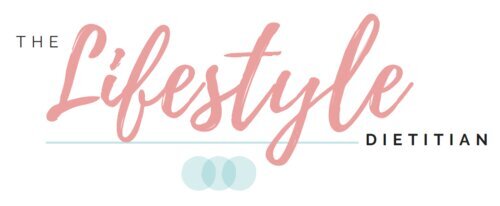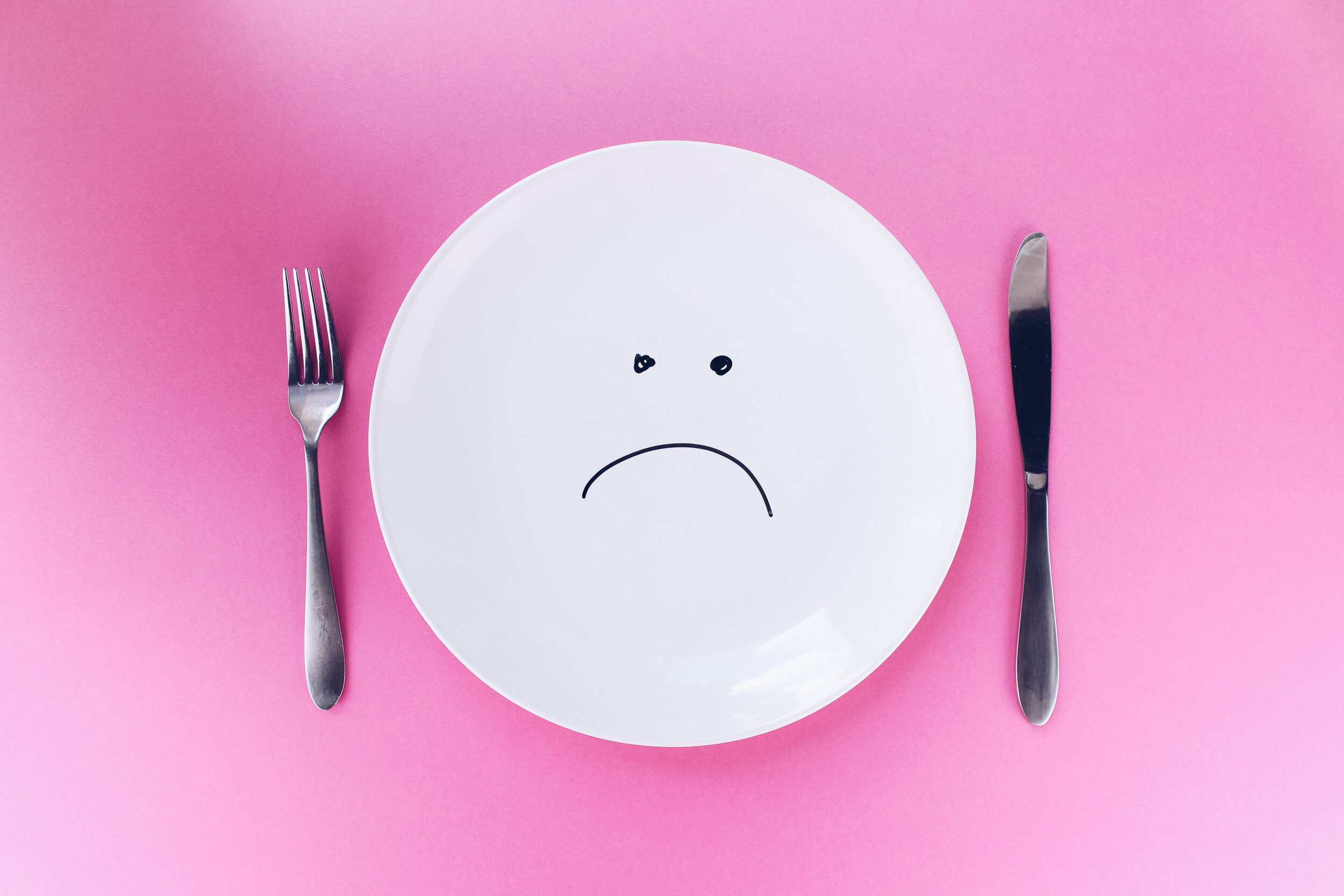Breaking Down Hanger - could your dietary patterns be influencing your mood?
It is 3:30pm on a Wednesday afternoon, your stomach is grumbling, your productivity at work has slowed and you find yourself snapping at your colleague, friend and family member for no apparent reason. Sound familiar?
This phenomenon, known as being “hangry” (angry because you’re hungry), describes the short tempered state many people feel when they are overdue for a feed or have not eaten enough. Understanding the science behind why we get hangry can help us plan our day to ensure we do not leave ourselves vulnerable to this diet-driven state of anger.
Let’s break it down
When you eat, the carbohydrates, proteins and fats in your food are all broken down into simple sugars (such as glucose), amino acids and free fatty acids. These nutrients then pass into your bloodstream to be distributed to your organs and tissues and used for energy.
However, depending on the meal you consumed and how much time has passed, these nutrients in your bloodstream can drop, in particular glucose which is the primary fuel source for your brain. Our brains are critically dependent on glucose so a dip in blood-glucose levels is perceived as a life-threatening situation. Tell-tale signs of a drop in blood glucose levels include daily tasks becoming more difficult, poor concentration, making silly mistakes and lashing out at others around you.
How to avoid becoming hangry
The easiest way to handle hanger is to eat something before you get too hungry. For most of us, having a snack around mid-morning and mid-afternoon is key. Avoid quick-fix foods like chocolate and potato chips which break down quickly and induce a sharp rise in blood glucose levels which come crashing down fast. Instead, opt for something including low GI carbohydrates balanced with proteins and fats.
Here are our top 5 picks:
Vita-weets and peanut butter - selecting the grainier variety of Vita-weets such as the 9 Grain will keep this snack low GI whilst 100% nut butter provides protein and fats for long-term satiety.
Reduced-fat yogurt and oats – a reduced-fat natural or Greek yogurt is a great high protein option to pair with a few tablespoons of low GI rolled oats and nuts and seeds for extra healthy fats.
Skim latte – as long as you do not go overboard with too many milky coffees in a day, a skim latte packages protein, low GI carbohydrates and calcium all in one! If you find the caffeine affects you later in the day, opt for decaf instead.
Nut and seed snack pack – fill a zip lock bag with a small handful of nuts and seeds to keep at your desk for the afternoon munchies. While nuts are a nutritious choice, it can be difficult to stop after the 15-20 nuts we should, so pre-portioning these out is key.
Vegetable sticks and dip – pre-chop your favourite veggies and pop them in the fridge for a quick and easy snack to go with your favourite low fat dip. Think hummus, tzatziki, beetroot relish or cottage cheese.
If you feel that your dietary patterns are affecting your mood and would like more individualised support, book an appointment with one of our Accredited Practising Dietitians for a complete nutrition assessment and advice tailored to you and your lifestyle.

